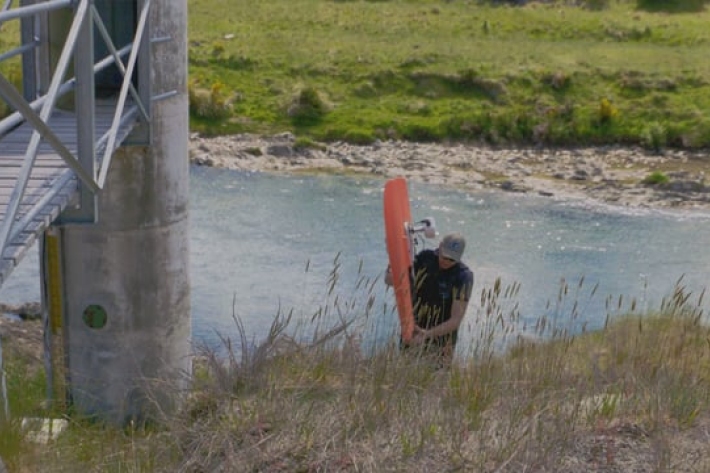-
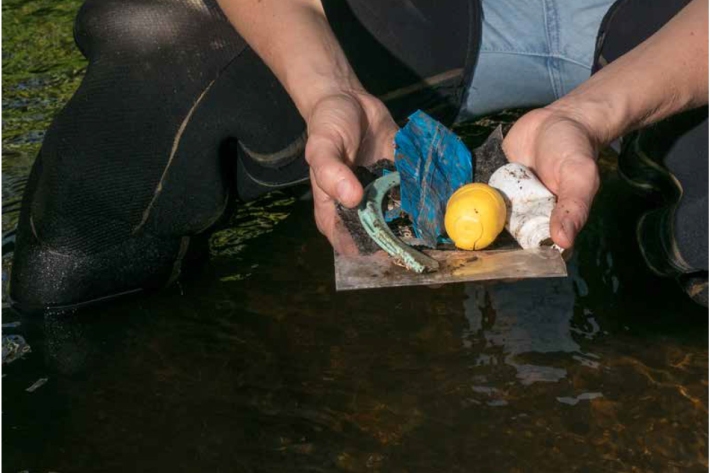
Plastic pollution processes in rivers
Research ProjectMost of the plastic in the ocean originates on land, being carried to the estuaries and coasts by rivers. -
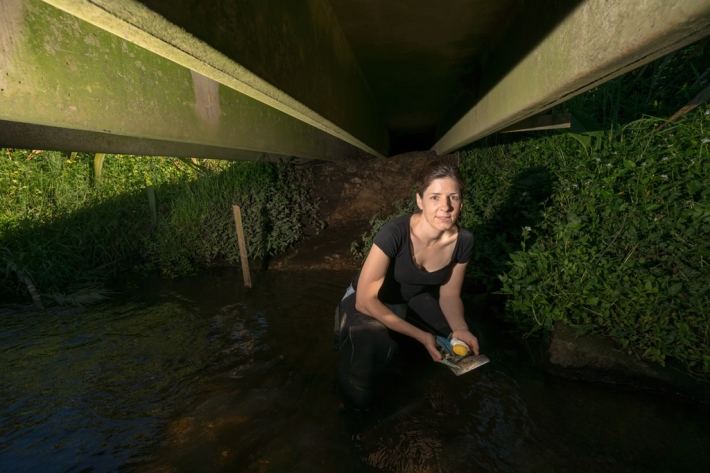
Scientist collects rubbish to rid rivers of plastics
Feature story16 January 2019It may be rubbish to everyone else, but to Amanda Valois each little scrap of plastic on a river bank or in a waterway tells a valuable story. -

NIWA scientist throws light on the Red Zone
Feature story21 December 2018Christchurch’s Red Zone is to be the focal point of a scientific experiment involving street lights and insects over summer. -
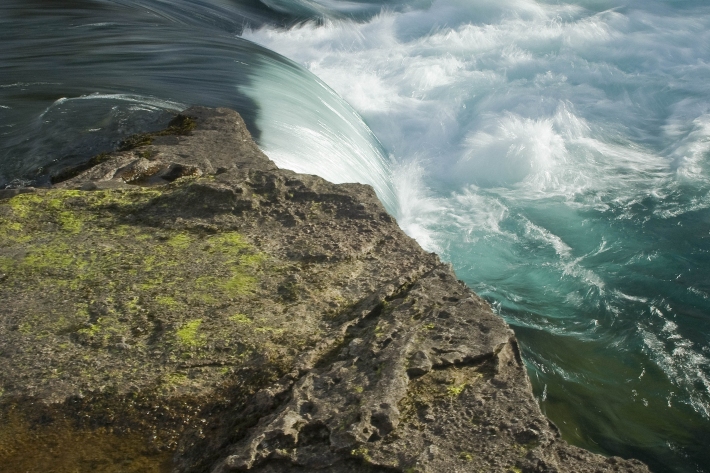
River forecasting: capabilities versus user requirements
Research ProjectCurrently there are gaps in understanding of user decision making processes and public needs and requirements for river forecasting in New Zealand. This project aims to bridge NIWA river forecasting aspirations and capabilities with both the public and decision makers’ requirements. -
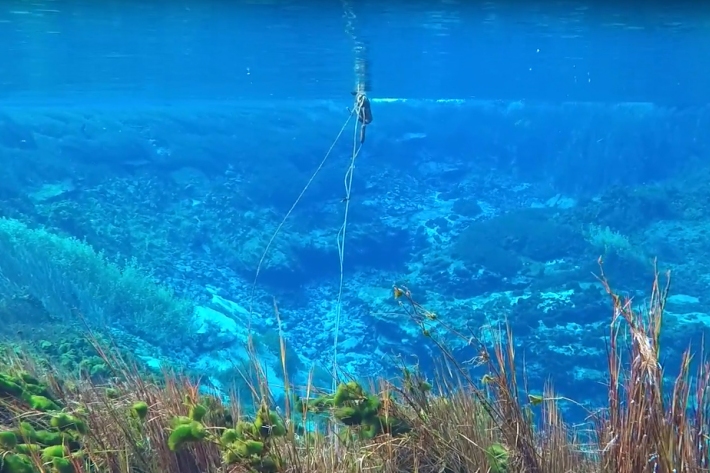
Underwater footage shows exceptional clarity of Te Waikoropupū Springs
Media release25 May 2018On the bottom of New Zealand’s largest freshwater springs is an underwater garden of vivid green, pinks and inky blues. -

Summer Series 2017 - A day out measuring at Molesworth
Feature story02 January 2018As the road behind Hanmer Springs turns to gravel and a dust cloud forms in the rear vision mirror, the southern edge of Molesworth Station unfolds. -
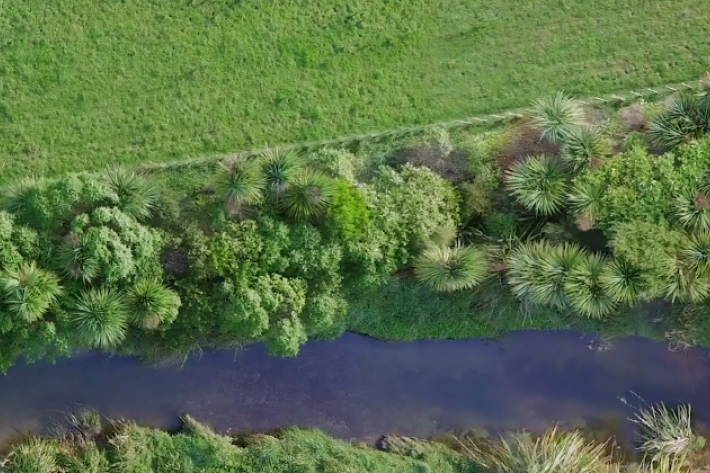
National riparian restoration database project
Research ProjectNIWA is undertaking a five-year nationwide study to find out how different approaches to riparian planting influence water quality improvements and to provide better guidance to the people and groups undertaking stream restoration. -

Dairy turns the corner
Feature story11 June 2017NIWA's Freshwater and Estuaries Chief Scientist Dr John Quinn believes the dairy industry has been responsive in the tools it has adopted to reduce its impact on waterways. -
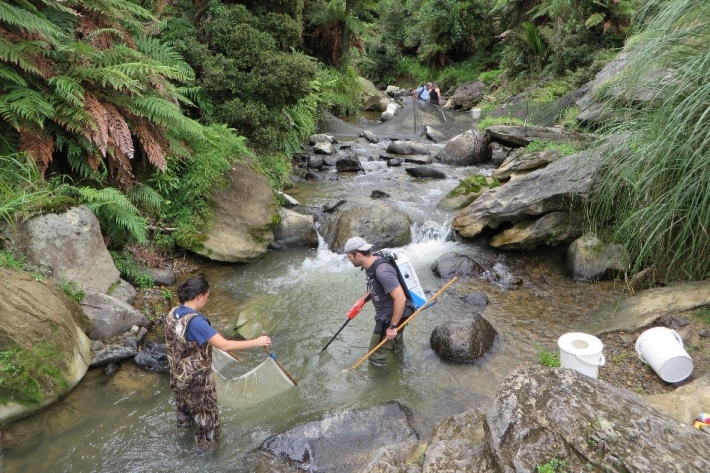
Guidelines for sampling freshwater fisheries
We have prepared a breakdown of the different guidelines that are available for sampling freshwater fisheries. The overview provides links to key documents that explain what should be considered when designing fish monitoring studies and how to implement the various sampling techniques. -
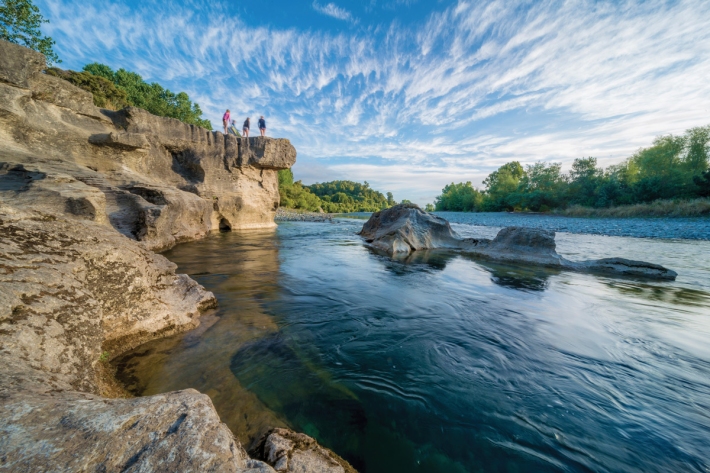
Stepping into the river
Feature story06 June 2017NIWA discusses, in depth, this year's most asked question—what is happening to our fresh waterways? -
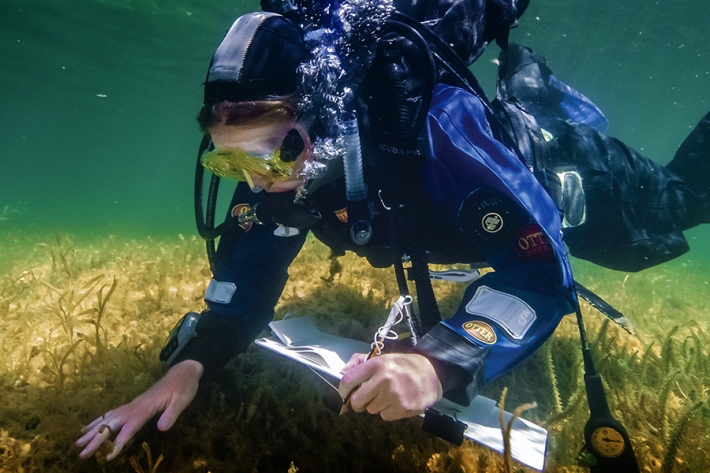
Nature knows best?
Feature story06 June 2017Returning water to our waterways after we’ve used it in our homes, on farms and in industry is a complex and challenging process.

